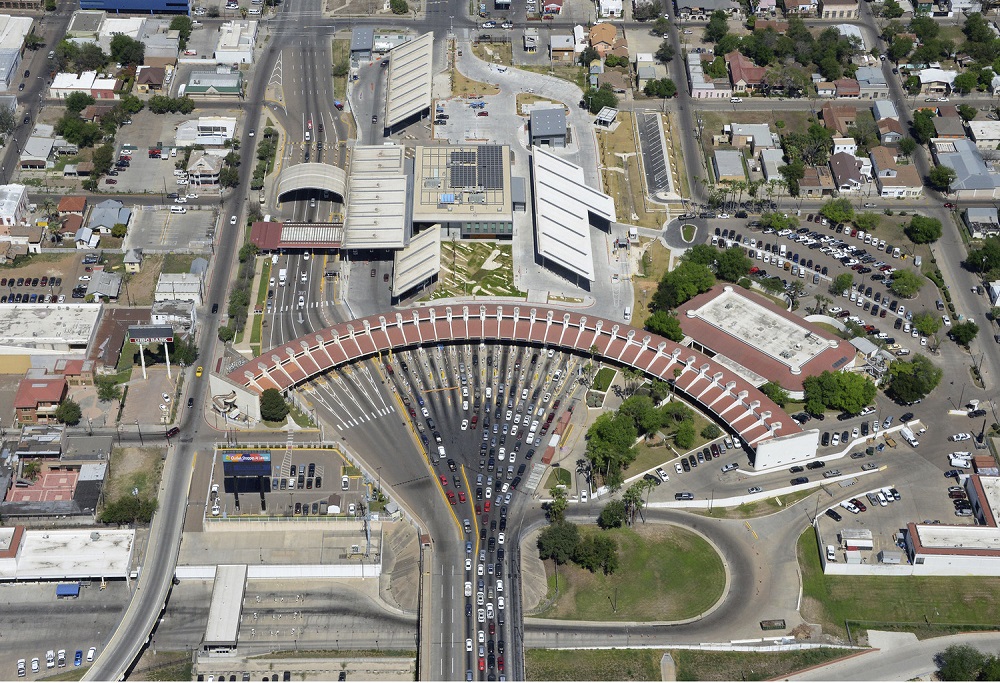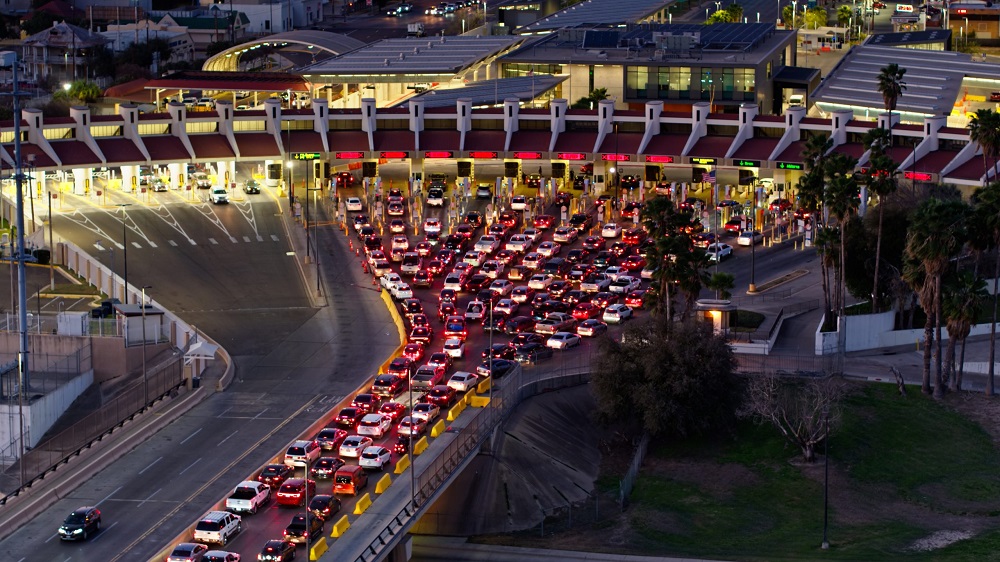Laredo, Texas, stands as a powerhouse in international trade, serving as the busiest port of entry in the United States for both imports and exports. Its strategic location on the US-Mexico border, robust infrastructure, and dynamic logistics sector have transformed the city into a critical economic engine for Texas and the nation. This article explores how the Port of Laredo shapes the local economy, supports thousands of jobs, and continues to expand its influence in global commerce.
Laredo’s Role as the Nation’s Top Trade Gateway
The Port of Laredo is not just a local asset—it is a linchpin in North American trade. In 2024, the port processed a staggering $339.3 billion in total trade, marking a 5.98% increase over the previous year. This volume surpassed even major maritime ports, making Laredo the number one port in the country by value, ahead of traditional giants like Long Beach, California.
Mexico is by far Laredo’s largest trading partner, accounting for over 97% of the port’s trade. In 2024, exports through Laredo reached $128.26 billion, while imports totaled $210.77 billion. The primary imports include auto parts, vehicles, computers, and electronics, while top exports feature auto parts, fuels, storage batteries, and plastics. This trade is facilitated by critical infrastructure, such as the World Trade Bridge, which alone handled over 5.3 million trade operations last year.

Economic Impact: Jobs, GDP, and Local Prosperity
The economic ripple effect of the Port of Laredo is immense. According to the Texas Comptroller, trade through the Laredo port of entry impacts approximately 474,400 net jobs statewide and contributes about $72 billion to Texas’s gross domestic product (GDP). Locally, this trade activity supports a vibrant logistics and transportation sector, with major employers such as FedEx Freight, H-E-B, and International Bank of Commerce anchoring the economy
Beyond direct employment, the port’s activities stimulate growth in warehousing, freight services, and support industries. Investments in infrastructure, such as expanded highways, improved rail connections, and modernized border crossings, have further enhanced Laredo’s capacity to handle high trade volumes efficiently. These improvements not only create jobs but also generate substantial tax revenue, which fuels public services and drives economic development across the region.
Infrastructure and Strategic Advantages
Laredo’s rise as a trade hub is rooted in its unique geographic and infrastructural advantages. The city sits at the southern terminus of Interstate 35, a major corridor that connects Mexico to the heartland of the United States and up to Canada. This makes Laredo a natural gateway for goods moving across North America.
Substantial investments in infrastructure, such as the ongoing expansion of the World Trade Bridge, have been pivotal. The bridge serves as a dedicated commercial corridor, streamlining the movement of high-volume goods, raw materials, and just-in-time shipments for industries such as automotive and electronics. The city’s seven active Foreign Trade Zone (FTZ 94) sites, located at the airport and industrial parks, further enhance its appeal for global logistics and manufacturing.
The Broader Impact on Local Life and Business
International trade doesn’t just benefit large corporations; it also enriches the daily life and business environment of Laredo. The influx of goods and people brings a steady stream of shoppers, visitors, and business travelers, boosting local retail, hospitality, and service sectors. Mexican shoppers alone contribute an estimated $2 billion in annual retail sales in the region, supporting thousands of local jobs.
Educational institutions like Laredo College and Texas A&M International University play a crucial role in training the workforce required for logistics, business management, and technology, ensuring that local talent is prepared to meet the demands of a growing trade economy.
Challenges and Future Outlook
While Laredo’s growth is impressive, it also brings challenges. Traffic congestion, the need for ongoing infrastructure upgrades, and evolving trade policies necessitate continuous attention from city planners and business leaders. However, with strong public-private partnerships and a commitment to innovation, Laredo is well-positioned to maintain its leadership in international trade.

Why Local Businesses Thrive in Laredo’s Trade-Driven Economy
For local businesses, especially those in the automotive services sector, Laredo’s role as a trade hub is a significant advantage. The constant movement of vehicles—trucks, cars, and commercial fleets—across the border creates ongoing demand for maintenance, cleaning, and detailing services. As the city continues to attract freight-dependent industries, the need for reliable car washes and auto care grows in tandem.
